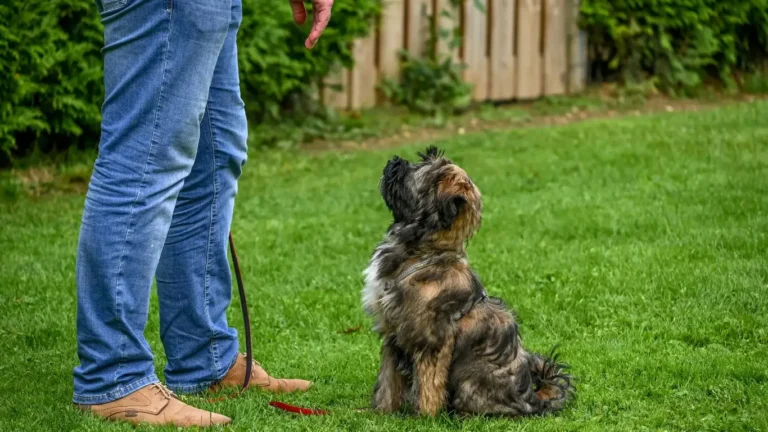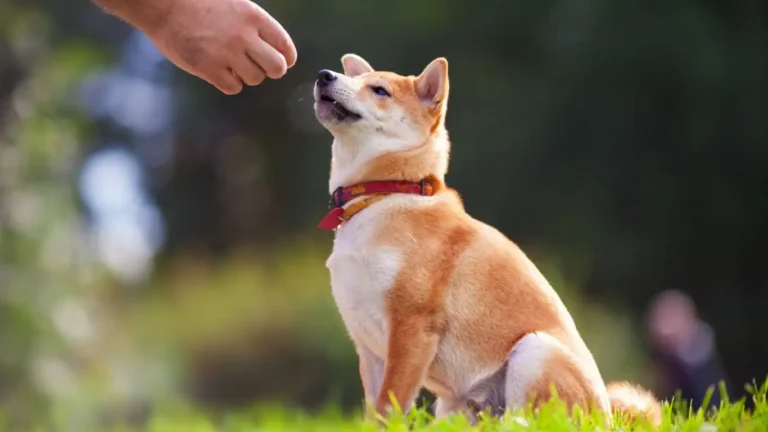Train Your Dog to Shine at a Dog Café with Calm Behavior
Bringing your dog to a dog café can be a fun way to socialize both you and your pet. These cafés let dogs play, relax, and meet other pups while you enjoy a drink or snack. But not every dog is ready for this kind of outing. Training your dog to behave in a dog café is important for their safety, the comfort of other dogs and people, and your peace of mind.
Understanding Your Dog’s Behavior in Social Settings
Before teaching your dog café manners, it helps to understand why dogs behave the way they do around new people, places, and animals. Dogs are social animals, but they also rely on routine. New environments can be exciting or stressful, depending on the dog’s personality, past experiences, and training.
A dog café is full of distractions—new smells, barking dogs, strange humans, and unexpected noises. This sensory overload can lead to anxiety or overstimulation, especially in younger or untrained dogs. Knowing how your dog reacts to stimulation can help you train them more effectively.
Some dogs may bark, jump, or even growl if they feel nervous. Others may get overly excited and try to play too rough. Recognizing these signs early lets you address them before they become a problem in a social setting like a café.
How Training Works for a Dog Café Visit
Training your dog to behave at a dog café uses positive reinforcement—a technique that rewards good behavior to encourage more of it. Instead of punishing bad behavior, you redirect your dog and give treats or praise for calm, appropriate actions. This approach is more effective and builds a stronger bond between you and your pet.
Start training at home or in a quiet park before moving to more stimulating environments. Gradually increase distractions as your dog learns to stay calm. Training in short, regular sessions—around 10 to 15 minutes—is usually best. Dogs, like humans, learn better when they’re not overwhelmed or tired.
Dogs also need to learn basic commands such as “sit,” “stay,” “leave it,” and “come.” These skills are helpful when you need to manage your dog in a busy place like a dog café.
Key Skills to Teach Before Visiting a Dog Café
- Basic Obedience: Sit, stay, and come are essential commands that help manage your dog’s behavior in any setting.
- Polite Greetings: Train your dog not to jump on people or dogs when saying hello.
- Leash Manners: Teach your dog to walk calmly on a leash and not pull or lunge at distractions.
- Settle Command: Help your dog learn to lie down quietly at your feet when it’s time to relax.
- Leave It: This command prevents your dog from grabbing food, drinks, or other dogs’ toys.
- Socialization: Regular, controlled exposure to other dogs and people helps reduce anxiety and fear.
Practicing these skills in different locations—parks, pet-friendly stores, or outdoor cafés—prepares your dog for the café setting. Consistency and patience are key.
Common Challenges You Might See
- Barking or Whining: This can mean excitement or stress. Redirect with a quiet cue and reward silence.
- Jumping on Tables or People: Train a strong “off” command and give praise when your dog keeps four paws on the floor.
- Resource Guarding: Some dogs become protective of food or toys. Avoid bringing treats or toys your dog is territorial about.
- Overexcitement: If your dog can’t calm down, they may need a break or more training in calmer settings first.
- Fear Reactions: Growling, hiding, or snapping means your dog is overwhelmed. Remove them from the situation right away.
These behaviors don’t mean your dog is bad—they just need more time and the right guidance. Many dogs improve quickly once they understand what’s expected.
When to Seek Help from a Professional
If your dog shows signs of serious anxiety, aggression, or struggles with basic training, it may be time to get help from a certified dog trainer or behaviorist. These professionals can assess your dog’s needs and offer custom plans to build better habits.
Here are signs that professional support might be helpful:
- Your dog growls or snaps at people or other dogs
- They ignore commands even after weeks of training
- They panic, shake, or try to run away in new places
- You feel stressed or unsafe bringing them to public areas
Trainers use safe, science-based methods to help dogs become calmer and more confident. Even a few sessions can make a big difference, especially for young or rescue dogs.
Final Tips for a Happy Café Visit
- Visit During Quiet Hours: Go during off-peak times to reduce stress and distractions for your dog.
- Bring Comfort Items: A favorite mat or toy can help your dog relax in a new space.
- Pack Water and Treats: Keeping your dog hydrated and rewarded makes the visit smoother.
- Watch Body Language: Learn to spot when your dog is stressed, tired, or overstimulated.
- Know When to Leave: If things aren’t going well, it’s okay to try again another day.
With time, patience, and positive reinforcement, many dogs can learn to behave calmly in a dog café. It’s a great goal that helps strengthen your relationship and gives your dog more opportunities to socialize. Start small, keep training fun, and celebrate your progress—even the little wins matter.
Talk to your vet or a trainer if you’re unsure where to start. They can point you toward local classes or one-on-one help that fits your needs. You and your dog deserve safe, happy outings together!





